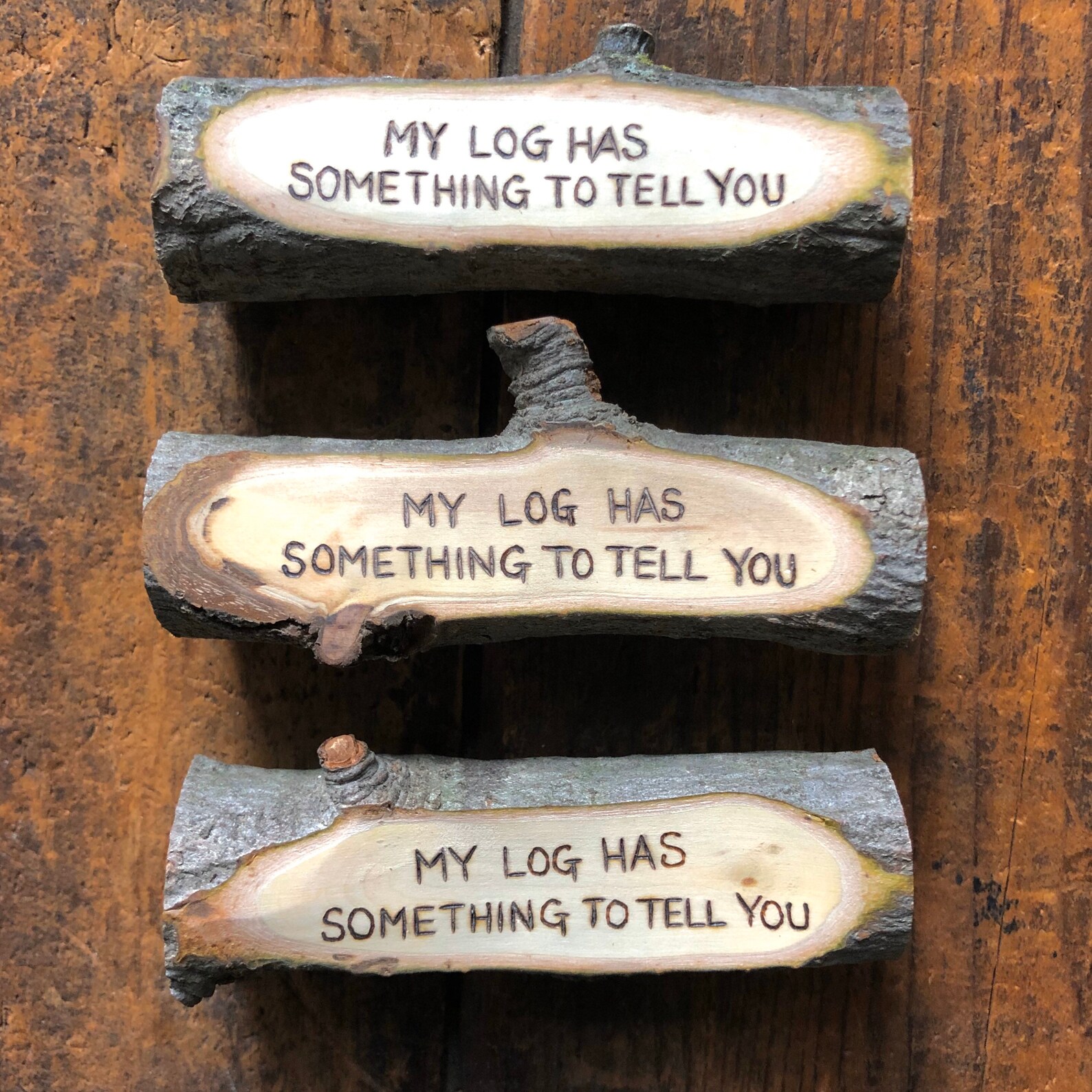the godpoles speak in Twin Peaks.
David Lynch's cult phenom Twin Peaks has summoned much extrapolation, and while revisiting the quirky town full of beloved characters and dark doings, we've noticed some NorsePlay hiding in the pines.
Note that Lynch's maternal grandparents were Finnish-Swedish emigrants, so our following speculative observations may very well come from our auteur director perhaps being storytold Norse Lore in his childhood, which might explain alot about his amazingly strange vision.
First & foremost, we realized the Log Lady bears a prophetic godpole that speaks to her, which in turn makes her the town völva. There is an insistent "Would you know more?" seeress-ness from the Völuspá in her pressing of needed but unwanted & doom-filled knowledge on those she talks to.
Larger than this, the whispering of the trees being the voices of the Gods is an ancient idea at play as Tacitus' Germania speaks of sacred groves and later sources talk about specific holy trees, and there's no shortage of cutting to the wind blowing through the trees throughout the series, and like many of Lynch's shots, lingers & draws this image and subtle friction of the leaves sound out to give it a deeper significance.
The black pool of burnt oil in its ring of trees as a doorway to another world is much like the sacrificial bogs used to make offerings of human sacrifices or objects. By drowning or submerging, they leave Midgard and reach a different place, just as the characters who enter the Black Lodge at that spot do.
The cursed owl ring could be an analogue to Andvaranaut, as everyone who possesses it ends up in a bad way, usually dead, thus making The Little Man From Another Place the dwarven crafter Andvari, who rejects love as a whole in order to make his ring of ultimate power, but when dispossessed of it, places a curse on the ring, which in turn creates misery from which he is satisfied, much like the TLMFAP who eats suffering in the form of creamed golden kernels of corn, which could then be the treasure of the Rhinegold that also seems to only mostly be the wealth of suffering. And the ring's owl symbol appears to be a rune variation or bindrune of Othala and/or Ingwaz.
The Double R Diner is the idyllic feasting hall combination of Valhalla & Sessrúmnir, where the blonde valkyrie Norma & redhead shieldmaiden Shelly serve coffee & cherry pie, this being the only setpiece in Twin Peaks that's mostly untroubled by the town's intrigues, and people just eat & revel in the goodness of the hall's comfort food offerings. Major Briggs could be their most obvious Einherjar -- before he transforms into the head of Mimir. Bobby and Mike could also be teen Einherjar as high school football stars who battle on the gridiron field, tackling & being tackled, only to "resurrect" and fight again after every play, and also then fit the Double R's feast hall guestlist.
Dale Cooper is Baldr, beloved by all, a bright & most-noble god flashlighting his investigation through Twin Peaks, the seemingly invulnerable main character who then gets surprisingly shot at a season cliffhanger, and later he then ostensibly dies, being trapped in the Hel of the Black Lodge which refuses to let him go for 25 years, and shown with a cup of coffee which he cannot consume, much like the description of Death Goddess Hel's plate named Hunger and her knife Famine. He returns same as Baldr after the course of events.
Conversely, Dale Cooper's dark doppelganger as the mastermind Mr C is Loki who is deviously intelligent, having the advantages of both slightly advanced technology and magical powers to trick his way toward his sinister goals.
While it's a seeming stretch to liken one-eyed Nadine Hurley to Odin, her fits of strength, and passionate pursuit of things, like the knowledge of silent running curtains and her libidinous affection for Mike, speak of the ecstatic nature of Odin, and her crescendo of self-awareness later in Season 3 with the Golden Shovel that is meant to strike the truth, could be her magical Gungnir, and all these elements actually do liken her to Odin.
The Great Northern could be Heorot and Ben Horne its King Hrothgar, brought low by monster-summoning hubris, a Grendel-like fear scaring away the Norwegian investors, but later Icelanders buying in.
Josie Packard owns the sawmill, this business that deals in the natural element of wood, and she in turn by the show's ending becomes wood herself, which either makes her a sort of Vanic Goddess, or a land spirit Landvættir, of wood as a plentiful resource for men who work that woodland area.
Fire is the destructive force Twin Peaks refers to in Killer Bob's poem, so in a lumbertown of trees, this would be the element that most threatens existence, which is also the same future threat for the Norse Cosmology from the beginning, as Surtr waits patiently at the edge of Muspelheim, always ready to set the worlds ablaze with his fiery sword at the end of Ragnarök.
On the other outside of creation is Jotunheim, and Twin Peaks' White Lodge features the Fireman, a tall giant/jotun who wants to put out said fires and stop the burn of their violent flames.









Comments
Post a Comment